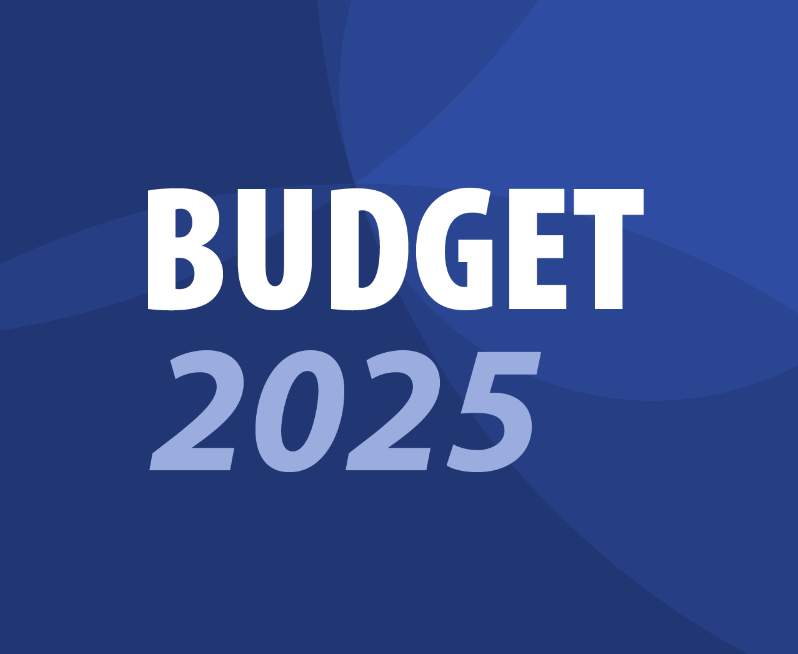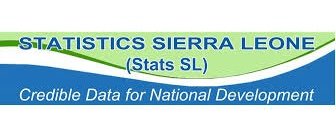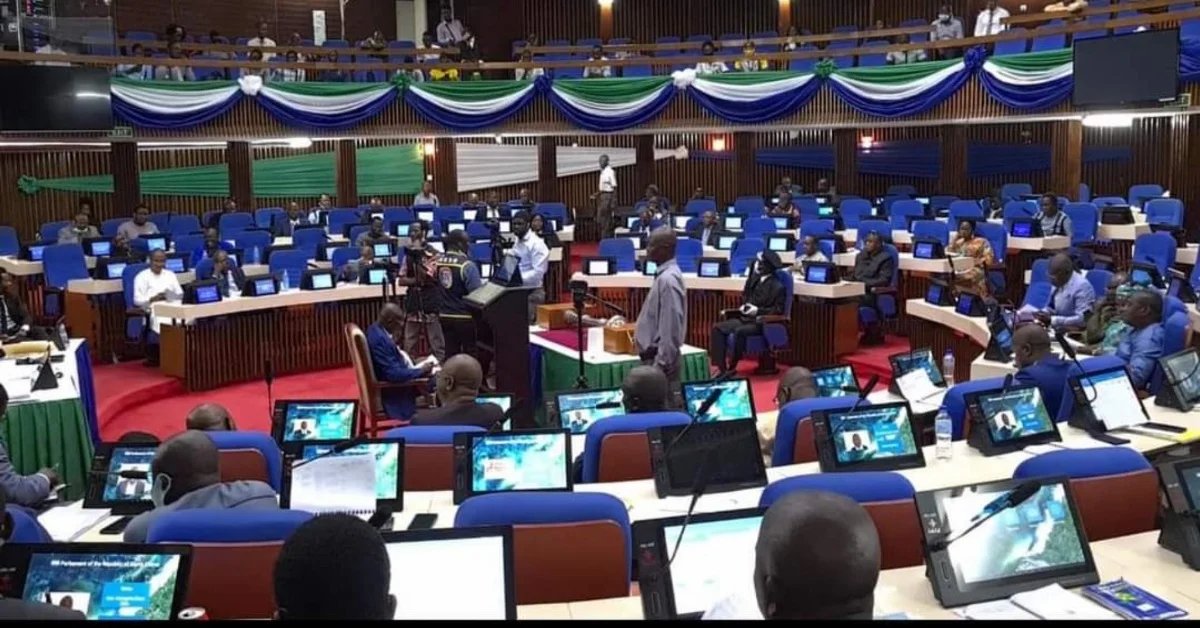Financing The Budget Deficit
 Budjet Deficit
Budjet Deficit
The government recently announced that the budget deficit, excluding grants for the 2025 year is projected at NLe16.4 billion; about 8.5 percent of the Gross Domestic Product (GDP).
A deficit of this magnitude is significant and indicates ongoing struggle to balance revenue generation against expenditure needs. It is reflective of the country's increasing need for financing, which is crucial for public sector operations, infrastructure projects, and essential services. There’s a projected shortfall of NLe7.5 billion with grants which represents a notable gap that must be addressed strategically.
Government has equally announced its intention to finance the gap primarily through domestic borrowing. 'The deficit, including grants, will be financed mainly by borrowing from the domestic banking system projected at NLe6.1 billion (3.1 percent of GDP).' This signifies the state’s intention to rely on local financial institutions for liquidity. This undoubtedly would bolster the banking sector. However, it raises concerns on the possibility of that move crowding out private investment. In addition to domestic borrowing, the government anticipates the mobilization of NLe640.3 million (0.3 percent of GDP) from the non-bank sector. This strategic move underscores a multi-faceted approach to financing the deficit, illustrating the government's intent to diversify its sources of funds to mitigate risks associated with heavy reliance on a single sector.
The decision to pursue such financing have varying implications for the economy. Securing funds through local banks can stimulate the economy, enabling public investment in infrastructure and services that drive growth. On the other hand, significant borrowing may lead to higher interest rates and exert pressure on government revenue in the future thereby creating a cyclical problem of increased debt servicing costs. The need for a comprehensive budget deficit financing cannot be overstated. In this direction, the government should consider the following:
- Revenue Enhancement: To ensure sustainability, there is need for exploration of avenues for improving tax collection and enhancing non-tax revenue streams. Efficient revenue mobilization systems can help reduce dependency on borrowing.
- Investment in Growth Sectors: Focus also can be placed on sectors that promise substantial returns, such as agriculture, mining, and tourism, ensuring that borrowed funds are utilized effectively to stimulate economic growth.
- Monitoring and Evaluation: Establishing robust monitoring mechanisms for budget execution can assist in assessing the impact of borrowing on economic performance, ensuring transparency and accountability.
- Public Debt Management Strategy: Developing a long-term debt management strategy will be essential to avoid excessive borrowing that might jeopardize fiscal stability.
28-11-2024







